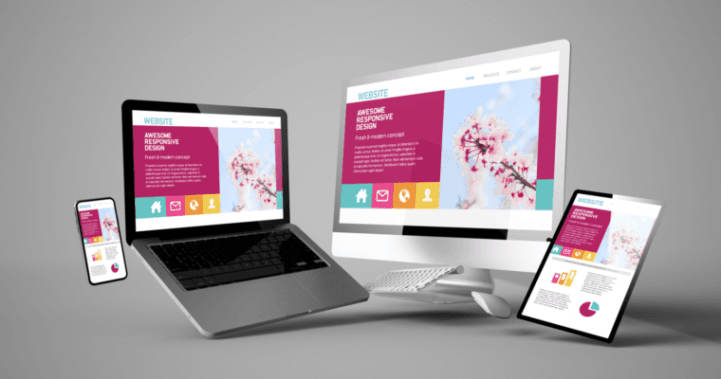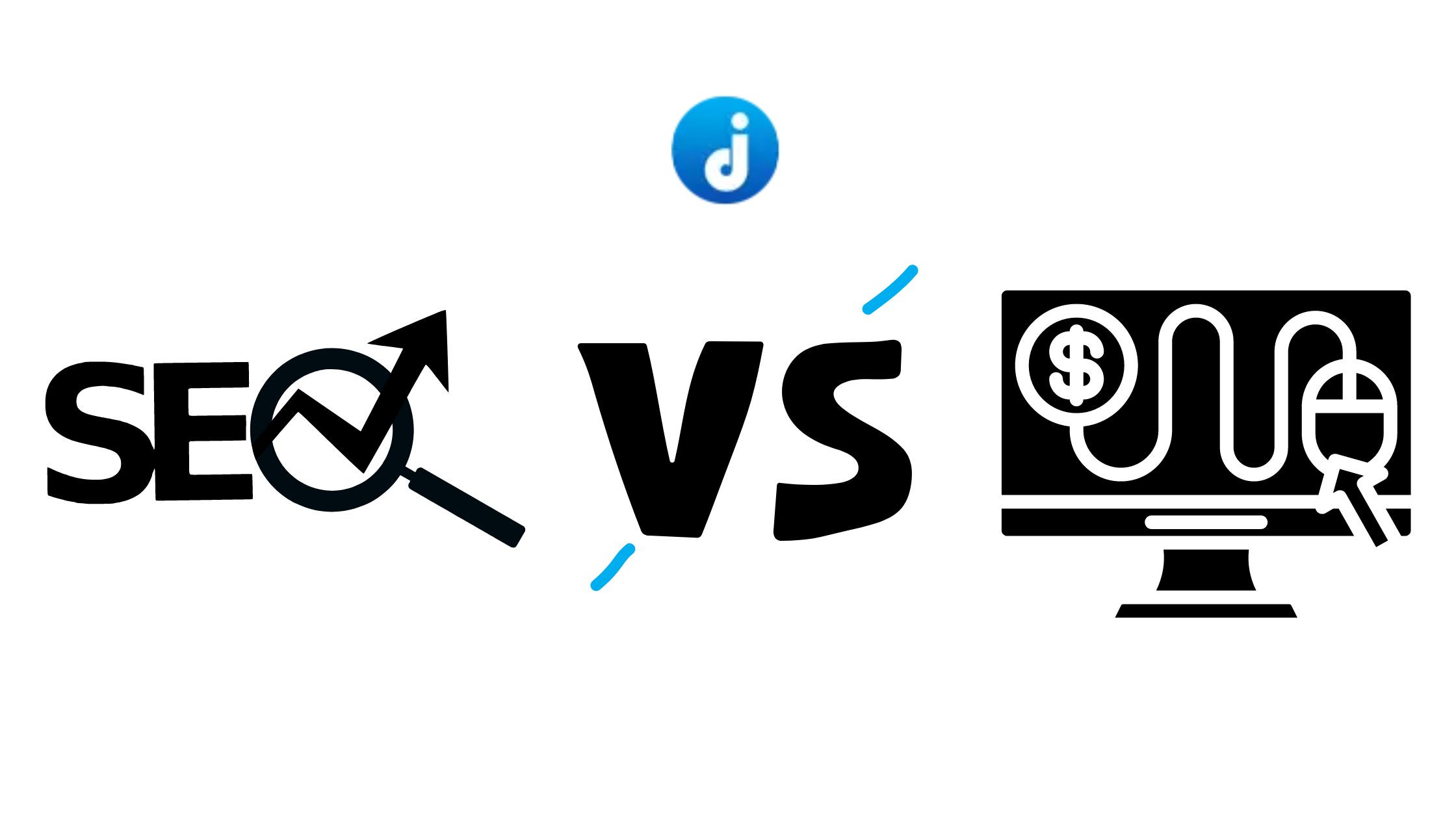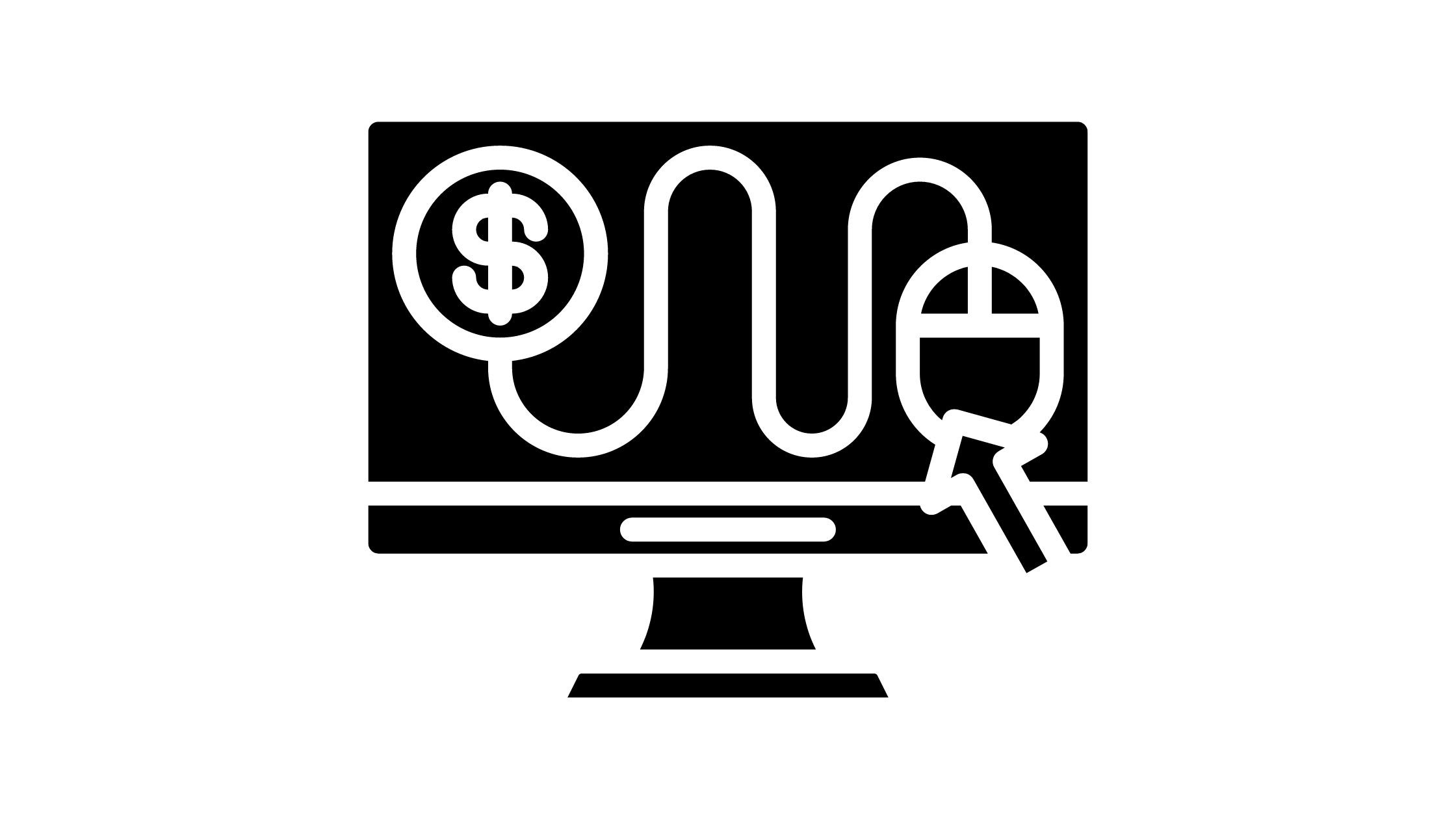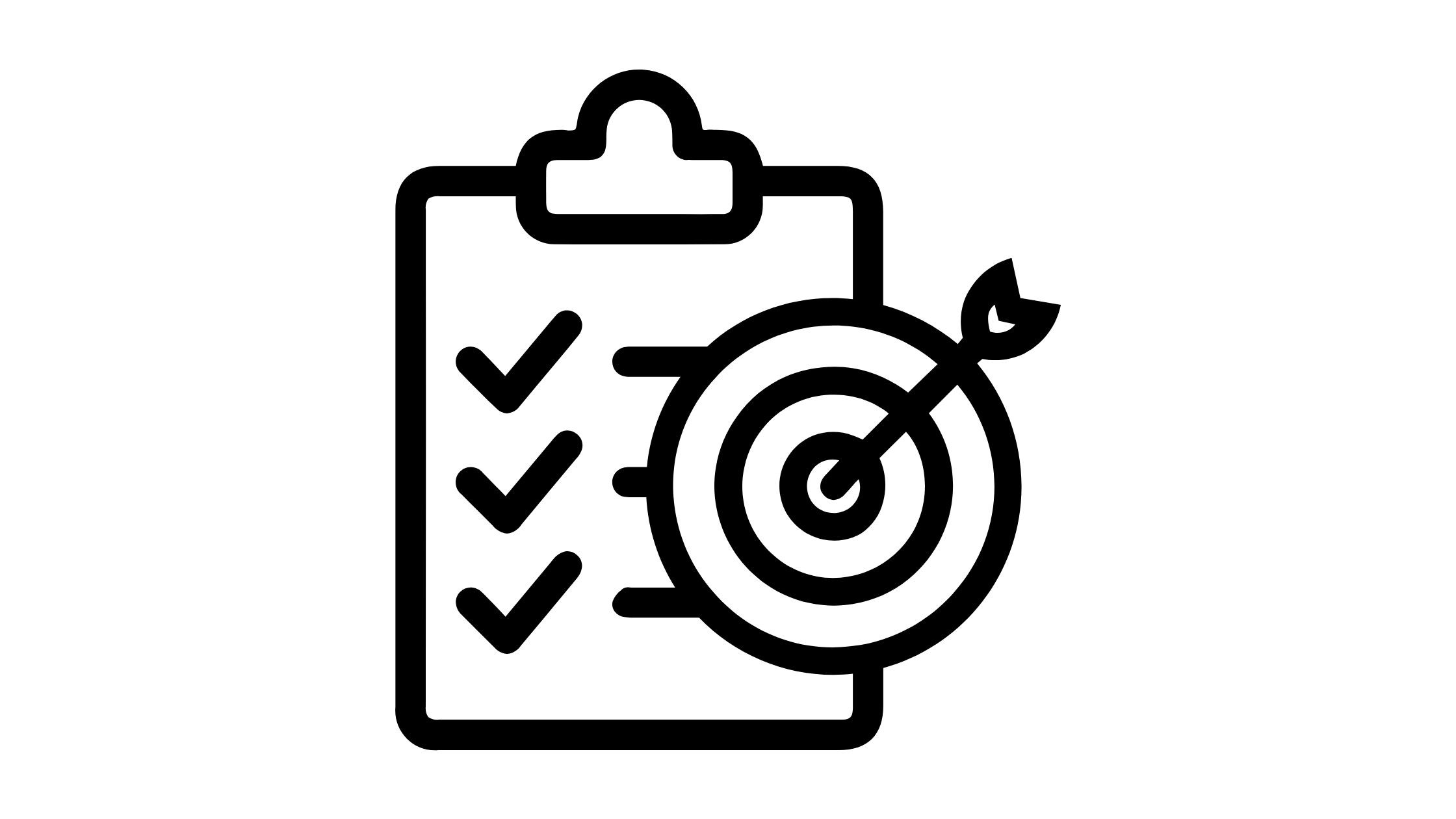
In today's digital age, businesses have recognized the immense potential of reaching their target audience through online channels. Digital marketing refers to the use of various online strategies and tactics to promote products, services, and brands. It encompasses a wide range of activities, including search engine optimization (SEO), pay-per-click (PPC) advertising, social media marketing, content marketing, email marketing, and more.
Digital marketing has become increasingly important due to the growing number of internet users and the shift towards online shopping and consumption. It allows businesses to connect with their target audience, increase brand visibility, drive website traffic, generate leads, and ultimately boost sales. With the right digital marketing strategies, businesses can effectively reach and engage their customers in a cost-effective manner, track and analyze campaign performance, and make data-driven decisions to optimize their marketing efforts.

SEO and PPC are two popular approaches within digital marketing that businesses often employ to enhance their online visibility and attract relevant traffic.
SEO, or Search Engine Optimization, is the practice of optimizing a website to improve its visibility and ranking on search engine result pages (SERPs). It involves various techniques and strategies aimed at making the website more appealing to search engines, ultimately leading to higher organic (non-paid) search rankings. SEO focuses on driving organic traffic by targeting specific keywords, optimizing on-page elements, creating valuable content, and building high-quality backlinks.
PPC, or Pay-Per-Click advertising, is a digital advertising model where businesses pay each time a user clicks on their ads. It involves bidding on keywords or ad placements in search engines or other platforms to display targeted ads. When a user searches for a specific keyword, the search engine displays relevant ads, and advertisers pay a fee only when their ads are clicked. PPC offers immediate visibility and control over ad campaigns, allowing businesses to target specific keywords, demographics, and locations.
Choosing the right digital marketing approach, whether it's SEO or PPC, is crucial for businesses to achieve their goals effectively and maximize their resources. Here are some key considerations when making this decision:
◼ Business goals: Different marketing approaches align with different objectives. If the goal is to build long-term organic visibility, improve brand authority, and establish a strong online presence, SEO is a suitable choice. On the other hand, if the aim is to drive immediate traffic, increase conversions, or promote time-sensitive offers, PPC can provide faster results.
◼ Resources and budget: Businesses need to evaluate their available resources and budget for digital marketing efforts. SEO typically requires a long-term commitment, as it takes time to build organic rankings and traffic. It requires investment in content creation, optimization, and ongoing maintenance. PPC, on the other hand, allows for more control over budget allocation, as businesses can set daily spending limits and adjust bids based on performance.
◼ Competition and market dynamics: Assessing the competitiveness of the industry and the online landscape can influence the choice between SEO and PPC. If the market is saturated with strong competitors dominating organic search results, PPC can provide a way to gain immediate visibility and reach the target audience. Conversely, if the competition is low or the business has unique differentiators, investing in SEO may yield better long-term results.
◼ Time sensitivity: Some marketing goals may have time-sensitive objectives, such as promoting seasonal offers or limited-time events. In such cases, PPC can deliver faster results and allow businesses to control ad visibility during specific periods. SEO, while effective in the long run, may require more time to achieve desired outcomes.
◼ Integration and synergy: SEO and PPC can work together synergistically to enhance overall digital marketing efforts. By combining the two approaches, businesses can maximize their online visibility, target different stages of the customer journey, and capture a broader audience. The data and insights gained from PPC campaigns can also inform SEO strategies, helping businesses refine keyword targeting and optimize content.

PPC, or Pay-Per-Click advertising, is a digital advertising model where advertisers pay each time a user clicks on their ads. It is an auction-based system where businesses bid on specific keywords or ad placements to display their ads on search engines or other online platforms. When a user searches for a keyword related to the business or when browsing relevant websites, the search engine or platform displays the ads. Advertisers pay a fee only when their ads are clicked, hence the name "pay-per-click."
◼ Immediate visibility: PPC provides businesses with instant visibility in search engine results or on websites. Ads are displayed as soon as the campaign is launched, allowing businesses to reach their target audience right away.
Targeted advertising: PPC platforms offer advanced targeting options, allowing businesses to specify their target audience based on demographics, interests, location, and more. This precision targeting helps deliver ads to the most relevant users.
◼ Measurable results: PPC campaigns provide detailed performance metrics, enabling businesses to measure the effectiveness of their ads. Key metrics such as click-through rates (CTRs), conversion rates, and return on investment (ROI) can be tracked and analyzed.
Cost control: Businesses have control over their ad spending through budget allocation and bid management. They can set daily or campaign budgets and adjust bids based on performance and ROI.
◼ Flexibility and customization: PPC campaigns can be tailored to specific goals, allowing businesses to run ads for different products, services, or promotions. Ads can also be customized with compelling ad copy, images, and calls-to-action.
◼ Google Ads: The most popular PPC platform, allowing businesses to display ads on Google search results, partner websites, and Google's advertising network.
◼ Social media advertising: Platforms like Facebook Ads and Instagram Ads provide robust PPC capabilities, allowing businesses to target specific demographics, interests, and behaviors of users.
◼ Display advertising networks: These networks, such as the Google Display Network, enable businesses to display image or text ads on a wide range of websites that are part of the network, reaching a broad audience.
◼ Keyword research and targeting: Thorough keyword research helps identify relevant keywords and phrases that users are searching for. Selecting appropriate keywords and incorporating them into the campaign ensures ads are displayed to the right audience.
◼ Ad creation and optimization: Compelling ad copy, engaging visuals, and effective calls-to-action are essential for attracting clicks. Regularly optimizing ads based on performance data helps improve their relevance and effectiveness.
◼ Bid management and budgeting: Monitoring bids and adjusting them based on competition and performance ensures optimal ad placement and budget utilization. Effective budgeting allows businesses to allocate funds strategically across campaigns.
◼ Conversion tracking and analysis: Implementing conversion tracking allows businesses to measure the actions users take after clicking on an ad, such as purchases or form submissions. Analyzing conversion data helps optimize campaigns and improve ROI.
◼ Cost considerations: PPC can be costly, especially in competitive industries where bidding on popular keywords can be expensive. Businesses need to carefully manage their budgets to maximize results and ROI.
◼ Ad fatigue and audience saturation: Frequent exposure to the same ads can lead to ad fatigue, causing users to ignore or become unresponsive to the ads. Moreover, targeting the same audience repeatedly can reach a point of saturation, reducing the effectiveness of the campaign.
◼ Ad blockers and increasing competition: Ad blockers can prevent ads from being displayed, limiting their reach. Additionally, as more businesses invest in PPC, competition for ad placements and keywords intensifies, driving up costs and potentially reducing visibility.

Understanding the specific goals and objectives of the business helps determine which approach aligns best with the desired outcomes.
Knowing the target audience and their online behavior helps identify whether they are more likely to be reached through organic search results or paid advertisements.
Assessing the available budget and resources helps determine the feasibility and sustainability of implementing SEO or PPC strategies.
Analyzing the competitive landscape and market dynamics can influence the choice between SEO and PPC, considering factors such as industry competitiveness and online saturation.
Short-term goals may favor PPC for immediate results, while long-term goals may be better suited for SEO's organic and sustainable growth.
F. Integration of SEO and PPC for a comprehensive strategy: Leveraging the synergies between SEO and PPC can enhance overall digital marketing efforts. Integrating both approaches allows businesses to target different stages of the customer journey and maximize visibility.
◼ Case study: Company X achieved a significant increase in organic search traffic by implementing a comprehensive SEO strategy, including keyword optimization, technical improvements, and content marketing.
◼ Example: Company Y improved their organic rankings and website visibility by consistently publishing high-quality blog content optimized for relevant keywords.
◼ Case study: Company Z experienced a substantial boost in conversions and revenue through a well-optimized PPC campaign on Google Ads, targeting specific keywords and demographics.
◼ Example: Company W achieved immediate visibility and lead generation by running a successful Facebook Ads campaign targeted at their ideal customer profile.
◼ From successful SEO strategies, businesses can learn the importance of keyword research, technical optimization, and valuable content creation for organic growth and increased visibility.
◼ Effective PPC campaigns teach businesses the significance of precise targeting, compelling ad creation, bid management, and tracking conversions for immediate results and ROI.
The choice between a career in SEO (Search Engine Optimization) or PPC (Pay-Per-Click) ultimately depends on individual preferences, skills, and business goals.
SEO involves optimizing websites to improve organic search rankings, focusing on content, keywords, and technical aspects. It's a long-term strategy that requires patience and continual adaptation to search engine algorithms. Success in SEO often involves a deep understanding of analytics, content creation, and technical SEO.
On the other hand, PPC involves paid advertising where advertisers pay a fee each time their ad is clicked. It provides quicker results and more control over targeting, making it suitable for short-term goals and specific campaigns. A career in PPC demands expertise in keyword research, ad copy creation, and campaign management.
Choosing between SEO and PPC depends on factors such as the industry, budget, and marketing objectives. Some prefer the sustainable growth of SEO, while others opt for the immediate impact of PPC. Combining both strategies can also be powerful. Ultimately, individuals should assess their strengths, interests, and the specific needs of businesses or clients they work with to make an informed decision.
Both SEO and PPC effectiveness depends on various factors like business goals and competition.
SEO focuses on organic visibility, while PPC offers immediate control over ad campaigns.
The specific statistic is unverifiable, but perceptions on SEO vs. PPC effectiveness vary among marketers.
SEO optimizes websites for organic search rankings.
PPC involves paid advertising, where businesses pay for each click on their ads.
Both aim to increase visibility and achieve marketing goals.
SEO can be cost-effective in the long term.
Initial investment yields sustainable traffic without ongoing ad costs.
Depends on budget, resources, and goals.
SEO for long-term growth, PPC for immediate visibility; a combination often works best.
Yes, synergy between SEO and PPC maximizes online visibility and audience targeting.
PPC insights can inform and optimize SEO strategies.
Depends on niche, competition, and goals.
SEO for sustainable traffic, PPC for immediate results; a blend is common for affiliate marketing.
No fixed ratio; depends on business, goals, and resources.
Balance should be determined by assessing ROI and effectiveness.
SEO effectiveness is not determined by website size.
Focus on quality, relevance, and optimization of content and technical aspects.
Number of keywords depends on campaign goals, budget, and target audience.
Prioritize high-quality, relevant keywords over a specific quantity.
SEO provides long-term organic visibility.
PPC offers immediate visibility and ad campaign control.
Combining both maximizes online presence, targets different customer journey stages, and informs overall marketing efforts.